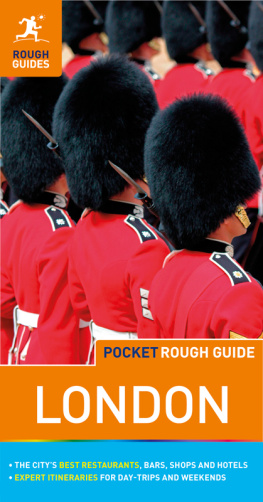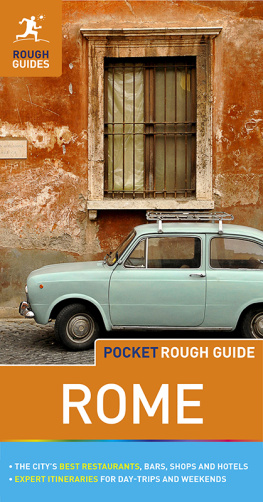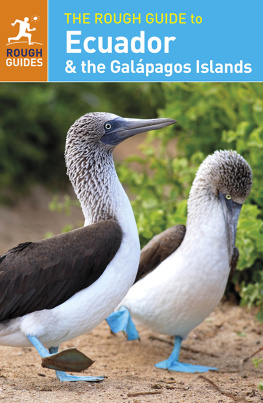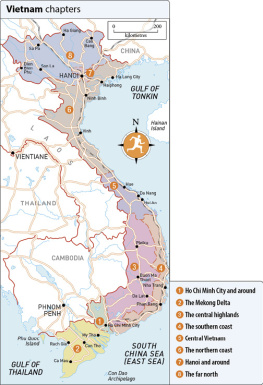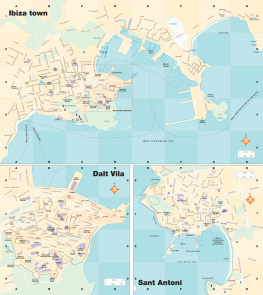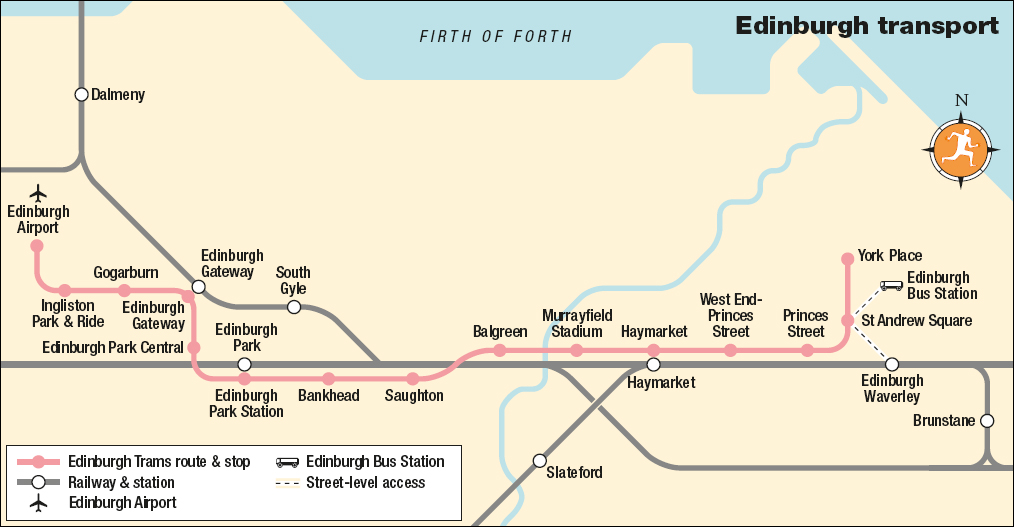CONTENTS
EDINBURGH
Venerable, dramatic Edinburgh, the showcase capital of Scotland, is a historic, cultured and cosmopolitan city, regularly topping polls as the most desirable place to live in the United Kingdom. Of course, the locals have always known as much, savouring a skyline built on a series of extinct volcanoes and rocky crags which rise from the generally flat landscape of the Lothians, with the sheltered shoreline of the Firth of Forth to the north. My own Romantic town, Sir Walter Scott called it, although it was another Edinburgh-born author, Robert Louis Stevenson, who perhaps best captured the feel of his precipitous city, declaring that No situation could be more commanding for the head of a kingdom; none better chosen for noble prospects.

View of Holyroodhouse Palace and Calton Hill
Picfair
Along with its beauty, Edinburgh is blessed by its brevity, a wonderfully compact city built for navigation on foot. The centre has two distinct parts: the unrelentingly medieval Old Town, with its tortuous alleys and tightly packed closes, and the dignified, eighteenth-century Grecian-style New Town. Dividing the two are Princes Street Gardens, which run roughly east to west under the shadow of Edinburgh Castle. Set on the hill that rolls down from the fairy tale Castle to the royal Palace of Holyroodhouse, the Old Town preserves all the key landmarks from its role as a historic capital, augmented by the dramatic and unusual Scottish Parliament building, opposite the palace, and the attendant redevelopment of both Holyrood Road and the area around Market Street and New Street just off the Royal Mile. A few hundred yards away, a tantalizing glimpse of wild Scotland can be had in Holyrood Park, an extensive and unique area of real live wilderness bang in the centre of the city, dominated by Arthurs Seat, the largest and most impressive of the citys volcanoes.
Among Edinburghs many museums, the exciting National Museum of Scotland houses ten thousand of Scotlands most precious artefacts, while the National Gallery of Scotland and its offshoot, the Scottish National Gallery of Modern Art, have two of Britains finest collections of paintings.

Award-winning vegan food at Harmonium Leith
Getty Images
In August, around a million visitors flock to the city for the Edinburgh Festival, in fact a series of separate festivals that make up the largest arts extravaganza in the world. On a less elevated theme, the citys vast array of distinctive pubs, allied to its brewing and distilling traditions, make it an unrivalled drinking city. Its four universities, plus several colleges, mean that there is a youthful presence for most of the year. The arts complex is Edinburghs biggest arts venue, while the Cowgate hosts many of the citys best club nights. With a number of bars (several with live music) open till 3am year-round, theres always a heaving dancefloor somewhere in the city.
Whats new
With everyone from Beyonc to Brad Pitt and even Jeremy Corbyn giving the once stigmatised world of veganism a glamorous name, Edinburgh has stepped up to the animal-free plate with an ever-growing number of cafs, restaurants and pubs catering to clean, conscience-salving eating. Even committed carnivores have been known to drool over the recently opened are stylishly giving it the vegan V.

The ruins of Tantallon Castle, East Lothian
Getty Images
Beyond the city centre, the liveliest area is Leith, the citys medieval port, a culinary quartier developing at lightning speed, with a heady, beardy mix of traditional and cutting-edge bars, upmarket seafood restaurants and seasonal foragers.
The wider rural hinterland of Edinburgh, known as the Lothians, mixes rolling countryside and attractive country towns with some impressive historic ruins. In East Lothian, blustery clifftop paths lead to the romantic battlements of Tantallon Castle, while the most famous sight in Midlothian is the mysterious fifteenth-century Rosslyn Chapel. To the northwest of the city, both the dramatic steel geometry of the Forth Rail Bridge and the graceful towers of the recently completed Queensferry Crossing (the longest bridge of its kind in the world) are best viewed by walking across the Forth Road bridge, starting at South Queensferry.
When to visit
Being closer to sunny East Lothian than the sodden west coast, Edinburghs main climatic drawback is not so much precipitation as biting wind. Even in summer, sea breezes can keep temperatures down, as can the haar, mist that sometimes rolls in after a spell of fine weather. In recent years, March, April and May have seen some of the best and most prolonged spells of warm sunshine and blue skies (enhanced, in May at least, by wonderfully long days and short nights). The summer months of June, July and especially August (average max 1719) are notoriously unpredictable and often wet, as Fringe regulars know only too well. While winters are generally cold (average max 710) and gloomy, you can still be lucky and hit upon a gorgeous few days of crisp sunshine. Crowds of tourists now throng Edinburgh year-round, reaching a peak during the Fringe, Christmas and especially New Year.
Where to
Shop
While Edinburgh has traditionally been outdone on the designer clothing front by Glasgow, Multrees Walk and its Harvey Nichols store goes someway to redressing the balance. If labels are your thing, youll find enough here and in nearby George Street to blow your entire travel budget in a couple of hours. For vintage gear, independent designers, comics, antiquarian books and even fossils, the Old Town is your oyster, especially Candlemaker Row, Victoria Street, the Grassmarket and West Port. Stockbridge (especially St Stephen Street) and Newington are also good bets for quirky boutiques and antique shops. For delis and artisan food shopping, again the Old Town and Stockbridge come up trumps, as does Marchmont, Bruntsfield and Morningside.
OUR FAVOURITES:
Eat
As youd expect for a capital city, Edinburghs exceptionally dynamic eating scene offers Scotlands most comprehensive dining, with everything from cheapie cosmopolitan pies to fresh-from-the-quayside seafood to hipster pop-up and seasonally-foraged heaven and a kaleidoscopic array of ethnic eats, with plenty of Michelin stars to go round. Lunch is usually served between noon and 2pm, when you can dine on a gourmet quality, two or even three-course meal for around 10 to 15. In the evening, restaurants start filling up from around 7pm and serve till 10/11pm. The sheer weight of Edinburghs tourist numbers, however, means that many places serve food round the clock, seven days a week, and are packed round the clock; dont ever assume you can simply turn up and get a table. Generally, the Old Town remains the locus of traditional, pricey Scottish and French-influenced cuisine, ever more locally sourced, while Leith, naturally, is home to the most renowned seafood, and, increasingly, the most exciting and creative new ventures.



